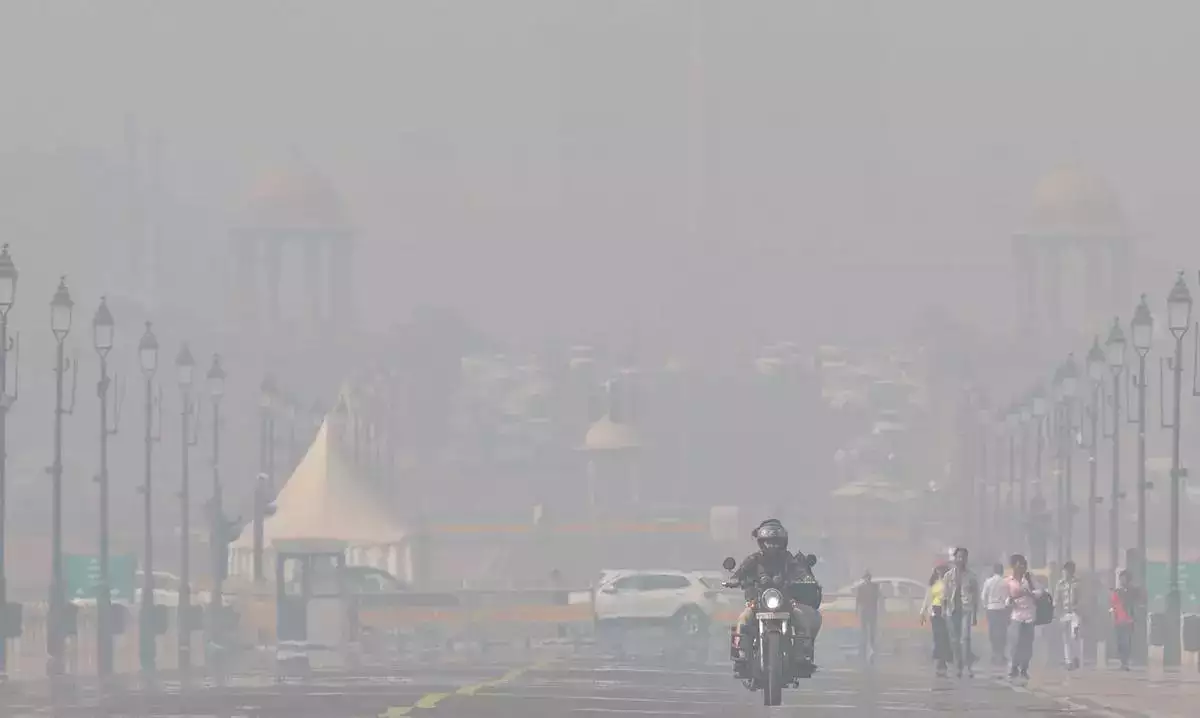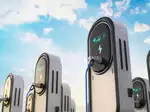How Delhi missed the bus in bad-air fight

Currently, schools are switched to online mode, while there is a ban on construction and demolition activities. There is a restriction on the plying of certain vehicles, including BS-III petrol and BS-IV diesel four-wheelers, non-cleaner inter-state buses from NCR states, entry of trucks, non-cleaner light commercial vehicles registered outside Delhi, and Delhi-registered BS-IV-and-below diesel-operated medium goods vehicles and heavy goods vehicles.
While Delhi's transport sector is a major contributor to pollution, experts say not much has been done to strengthen public transport to reduce the number of private vehicles on the road. As per Economic Survey of 2023-24, Delhi has a total stock of 79 lakh vehicles - and it added 6.5 lakh vehicles during 2023-24, according to the VAHAN database. As much as 90.5% of these are two-wheelers and cars. On a daily basis, as many as 1,100 two-wheelers and 500 private cars are registered on average in Delhi, according to an analysis done by Centre for Science and Environment (CSE). Delhi sees the daily entry and exit of approximately 1.1 million vehicles.
Emission inventory studies for Delhi done by IIT-Kanpur in 2015, TERI-ARAI in 2018, and SAFAR in 2018 point out that the transport sector's contribution to PM2.5 is 20%, 39%, and 41%, respectively.
Private vehicles on roads have increased, but the number of public buses is highly inadequate to meet the city's requirements. Sample this: In 2018, Delhi govt informed Supreme Court that the city requires 11,000 buses to meet its transportation needs. However, Delhi currently has 7,683 buses, including govt-run DTC and cluster bus services. Of these, 3,000 CNG buses are more than 10 years old. Traffic police say that an average of 70 buses, including DTC and cluster, break down in the city every day, causing significant traffic congestion, inconvenience to commuters, and increased pollution levels due to idling vehicles.
According to CSE, Delhi has around 45 buses per lakh population (considering 2011 census data) as opposed to the service level benchmark of 60 buses per lakh population specified by ministry of housing and urban affairs.
Around 1 lakh three-seater auto-rickshaws ply in the city. Delhi Metro currently has an operational network of 348.418 km with 255 stations and an additional 85.982 km with 63 stations in the pipeline. Though Delhi Metro has been recording an increase in passenger journeys and is one of the most preferred modes of public transport, the lack of proper last-mile connectivity is an issue. Besides, a denser network of DMRC is required for routes connecting outer Delhi areas.
Anumita Roychowdhury, executive director, research and advocacy, CSE, said despite several technology solutions implemented to control vehicular emissions, vehicles remained the top contributor among the local sources. "This requires massive scaling up of bus transport and its integration with the metro system with efficient last connectivity. This demands adequate, reliable, affordable, and connected public transport service across all neighbourhoods. This progress needs to be monitorable and verifiable," she said.
Amit Bhatt, India managing director, International Council on Clean Transportation (ICCT), said, "To reduce vehicular emissions, we need to look at both the demand and supply sides. There is a need to add more buses, enhance the metro network, and create proper infrastructure for cycling and pedestrian-friendly areas."
Another way, Bhatt said, was to restrict the absolute number of vehicles based on successful examples from other countries. "In China, there is a cap on the number of vehicles that can be registered. London has a provision for a congestion tax, while California made it mandatory for vehicle manufacturers to sell a certain percentage of EVs from their total fleet. After Delhi made it mandatory to switch to CNG, the time has come for Delhi to consider a shift to EVs by drawing inspiration from California model and give mandates to manufacturers to sell a portion of their fleet as electric. However, it is also necessary to have proper EV infrastructure at public and private places. For instance, Norway has a provision for the right to charge, and no society, municipal bodies, or others can refuse anyone from charging their vehicles."
Former deputy commissioner of transport department Anil Chikara said several studies done in the past stated that 55% of vehicles travelled a distance of up to 5 km, while around 85% of vehicles covered a distance of up to 15 km in Delhi. "The focus should be on reducing the dependency on personal vehicles of those who cover up to 5 km daily. Strengthening the last-mile connectivity can help people switch to public transport," said Chikara. He added that similar to a golf cart, govt should introduce vehicles in the organised sector that could be plied for last-mile connectivity and people could use them on a sharing basis for travelling shorter distances.

